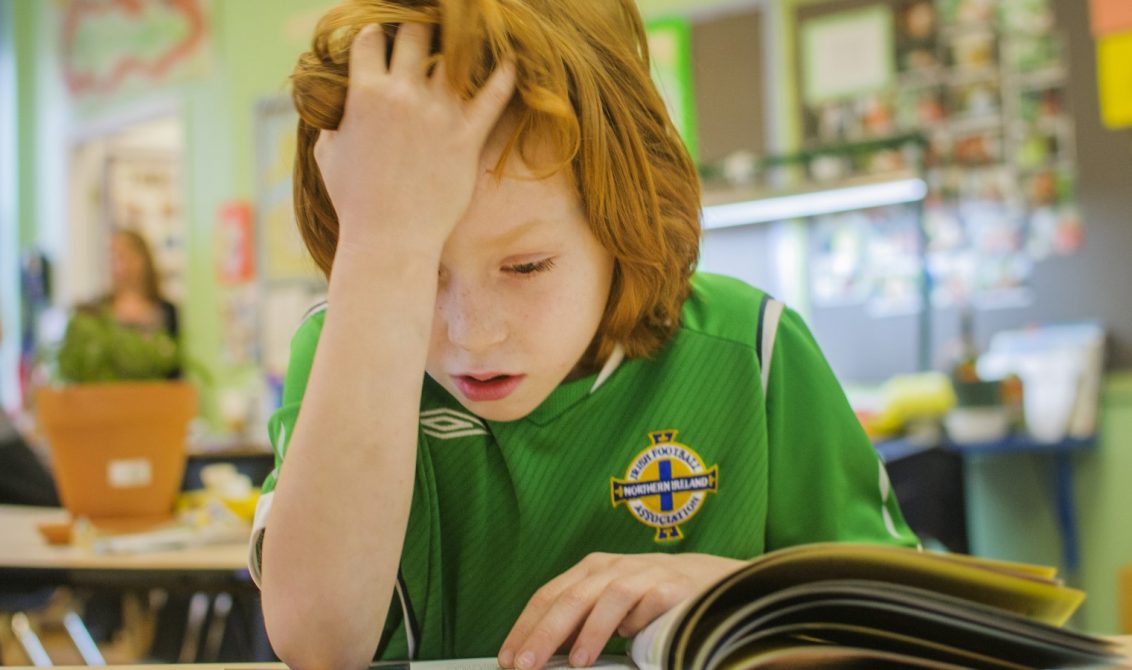
How can teachers can use well-researched, high-quality textbooks and their accompanying Teacher Guides effectively in their classrooms to support their teaching?
“The use of well-designed and tested textbooks is critical for the successful implementation of teaching for mastery. A good textbook is an aid both for the teacher in planning lessons, and for the pupil during lessons and working on their own.”
NCETM 2018
Bringing textbooks into the classroom
This statement gives a clear message: it is ‘critical’ for schools to be using ‘well-designed and tested textbooks’. Accompanying this statement was a list of textbooks that meet the NCETM criteria, including whole-class mastery programme Power Maths. For many schools, it would appear that the answer to any issues in Maths teaching is clear, buy the textbooks. However, there are still many schools and teachers who worry about bringing textbooks into their classroom.
As a Maths SLE, I have seen textbooks used in a range of ways. Some schools buy the whole package where they receive textbooks and workbooks, as well as an online subscription that gives them further resources, planning and support. There are other schools where this is not an option. Some schools cannot afford to buy the whole package, so, instead they buy a textbook and workbook for each teacher and use them to support planning and teaching.
What do you need to consider?
Due to the range of different ways that teachers use textbooks, they do not always access the training that supports implementation and this can be where problems arise. Teachers may have ideas on how to use textbooks from their own experience at school, but this is very different from the way that the high-quality textbooks are designed to be used effectively now. When textbooks are not used in the ways intended, teaching is not as effective and children’s learning is not enhanced.
It is therefore important to look at what teachers need to consider when using textbooks.
Assessment for learning
As highlighted in the recent EEF guidance report, assessment is a key factor in the effectiveness of teaching and learning. The EEF’s first recommendation is ‘Use assessment to build on pupils’ existing knowledge and understanding’.
In Pearson’s Power Maths resources, there are comprehensive teacher guides that highlight assessment check points. Teachers receive advice on the questions they should ask to check children’s knowledge and then the activities that should follow to strengthen and deepen their understanding.
A critical part of assessment for learning is addressing misconceptions. Without a textbook, this relies on the teacher’s knowledge of common misconceptions, which can be difficult for anyone new to teaching or new to a particular year group. Questions should be crafted to highlight misconceptions but without the knowledge of what the misconception actually is, it is impossible to plan the right questions.
Once again, the Teacher Guides accompanying the textbooks play an important role in supporting understanding of misconceptions. For example, at the start of each Power Maths unit, common misconceptions are highlighted along with advice on how to strengthen understanding and how to go deeper.
It is therefore key that teachers use Teacher Guides to support their understanding of the lessons within the textbooks. Clear assessment guidance is provided and will help teachers to use the textbooks in the most effective ways with their class.
Use of CPA
The concrete-pictorial-abstract approach is embedded in all recommended textbooks. However, this is reliant upon the school’s investment in concrete materials. Lessons should be practical in order to develop children’s conceptual understanding.
‘Use manipulatives and representations’ is the second recommendation from the EEF.
“There must be a clear rationale for using a particular manipulative or representation to teach a specific mathematical concept.”
EEF (2018)
What’s the conclusion?
Recommended textbooks are designed to carefully use concrete and pictorial representations in the most effective way at the right time. The use of online tools supports the pictorial representations but it is important that teachers use concrete materials within the classroom to fully embed learning.
Overall, the scare-factor surrounding textbooks tends to come from a lack of understanding around the ethos they stem from. Textbooks alone do not improve Maths teaching. They need to be accompanied by strong subject knowledge, effective assessment for learning and resources to support understanding. Teachers are the ones who are able to adapt the learning in order to cater for their classes’ need while supported by a well-researched, high-quality textbook.
About the author
Beth Smith is Head of Primary at White Rose Maths and author on Power Maths, a whole-class mastery programme that is fully recommended by the DfE.
Find out more about Pearson’s Power Maths.
This blog post was originally published on the Pearson Primary Blog on January 11 2019.

